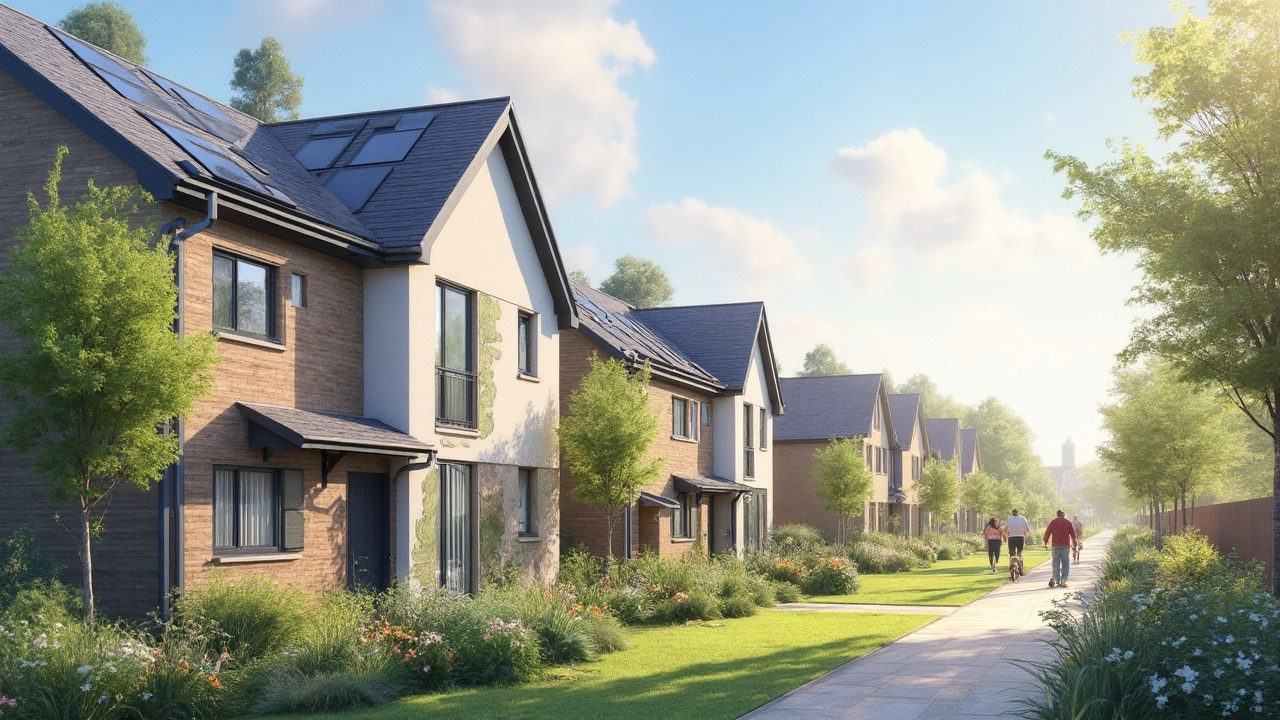Buying a New Home – Practical Tips and Common Pitfalls
Thinking about buying a new home can feel exciting and overwhelming at the same time. You want the right place, the right price, and you don’t want hidden problems later. Below are the steps that most people forget, but that can save you time and money.
Budget and Financing
First, know how much you can actually spend. Add the deposit, mortgage payments, legal fees, and a cushion for unexpected costs. A good rule of thumb is to keep total housing costs below 30% of your net income. Compare a few mortgage offers – the lowest interest rate isn’t always the cheapest if the fees are high.
Don’t forget the extra costs that come with a new build. Things like service charges, communal area maintenance, and sometimes a premium for a brand‑new kitchen can add up quickly. Write those numbers down and see if they still fit your budget before you sign anything.
Inspection and Health Risks
A brand‑new house can still have hidden mould, especially if the construction site had moisture problems. Look for any musty smells, damp spots on walls, or condensation on windows after a few days. If you find anything, ask the builder for a remediation plan before you move in.
Foundation issues are another red flag. Small cracks in walls or doors that stick can indicate bigger structural problems. It’s worth hiring an independent surveyor to check for any movement, especially if the house sits on previously used land.
While you’re inspecting, check the quality of the flooring. Engineered hardwood and luxury vinyl plank are popular in 2025 and often come with warranties. Make sure the installer follows the manufacturer’s guidelines – a poorly laid floor can warp and cost you extra repairs.
Don’t overlook storage. New homes often have clever storage solutions built‑in, but you might need extra shelves or hidden compartments to keep things tidy. Simple additions like under‑bed drawers or wall‑mounted racks can make a small space feel larger.
When it comes to design, think about timeless interior styles. Classic colour palettes and simple lines tend to age well and keep resale value high. Avoid overly trendy choices that might look dated in a few years.
Window coverings also matter. In 2024, blinds are still a solid choice for a clean look, but many homeowners now prefer modern curtains for better insulation. Pick a style that matches your overall design and helps with energy bills.
Lighting can make a huge difference. Look for fixtures that mimic natural daylight – they boost mood and make rooms feel bigger. LEDs with a colour temperature around 4000 K work well in most living areas.
Finally, think about the long‑term. A roof may cost $30,000 now, but cheap roofs often need replacement sooner. Ask the builder about the material, warranty length, and any red flags before you agree to the price.
Buying a new home is a big step, but with a clear budget, a thorough inspection, and smart design choices, you can avoid most headaches. Use this checklist, ask the right questions, and enjoy your new space without surprise repairs.
What is Considered a New Build Home?
- Gavin Whitaker
- |
- |
- 0
Ever wondered what makes a home a 'new build'? It's not just about fresh paint and new furniture. A new build usually means the property has never been lived in before, offering modern designs and often more energy-efficient features. Understanding the ins and outs of new builds can guide your next home-buying decision and help you spot additional costs or benefits.
View more